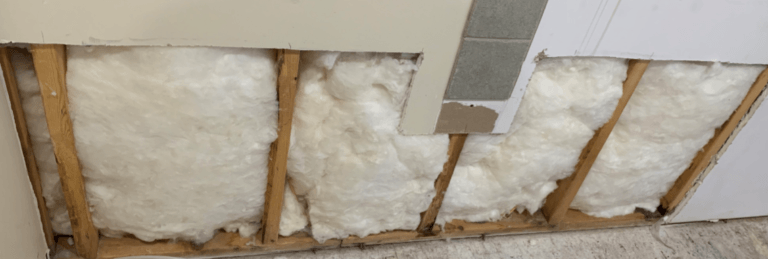Best Drywall Mud for Taping and Finishing
I vividly remember my first drywall project. It was a simple task of finishing my basement, but I was mixed with excitement and anxiety. Armed with nothing but a trowel and a bucket of drywall mud, I soon realized that not all drywall mud is created equal. My initial choice, an inexpensive brand, left me with a mess of blisters and an uneven finish. That day taught me that using the right product is crucial for achieving professional results.
Fast forward a few years, and I became an experienced contractor, advising clients on crucial decisions like what type of drywall mud to use for their projects. In this guide, I’ll not only draw from my own experiences but also integrate insights from industry experts to help you choose the best drywall mud for taping and finishing.
Understanding Drywall Mud: Types and Their Uses
Drywall mud, also known as joint compound, comes in various types, each designed for specific applications. As you dive into your next drywall project, understanding these distinctions will empower you to make the right choices.
1. All-Purpose Joint Compound
This is the most versatile type of drywall mud on the market. Primarily used for taping, finishing, and even as a repair compound, all-purpose mud can be applied in multiple layers and sanded down easily. It’s perfect for beginners due to its forgiving nature.
- Recommended Product: 3.5 Qt All Purpose Compound
2. Taping Compound
Designed specifically for use with tape, this compound is thicker than all-purpose types. It forms a strong bond and is excellent for embedding tape seamlessly. If you want to ensure that no gaps appear in the seams, taping compound is the way to go.
- Shop Here for Taping Compound: 3.5 Qt Taping Compound
3. Finish Compound
As the name suggests, this type of mud is used primarily for the final layers of the drywall. It’s exceptionally smooth, making it easy to sand after curing. If you’re looking for that perfect finish, opt for this type.
4. Lightweight Compound
This variant is designed to reduce weight, making it easier to spread and sand. While it may not be as strong as heavier types, it dries faster, making it ideal for projects that need to be completed quickly.
Expert Recommendations
To achieve the best results, I reached out to several experienced drywall contractors. Here’s a consolidated view of their recommendations:
-
Quality Over Price: Many pros emphasized choosing quality products over cheaper alternatives, especially for finishing work. While the upfront costs may seem higher, the time and effort saved with a superior product are worth it.
-
Follow Manufacturer Instructions: Each type of compound has specific application and drying guidelines. Following these will prevent issues such as cracking or peeling.
- Consider Your Climate: Some compounds perform differently in varying humidity levels. For example, lightweight compounds may struggle in high humidity, while others might dry too quickly in dry conditions.
Common Mistakes to Avoid
Even seasoned DIYers can make mistakes while working with drywall mud. Here are some pitfalls to avoid:
1. Skipping the Primer
After applying your final coat, always use a primer before painting. This helps to seal the mud and prevents paint absorption issues.
2. Not Taping Seams Properly
Using the right tape (paper or mesh) in conjunction with your compound is crucial. Properly embed the tape into your taping compound to prevent laps and bubbles.
3. Over-Sanding
While a smooth finish is crucial, over-sanding can actually damage the drywall underneath. Use sandpaper with a fine grit and plenty of dusting.
Pro Tips for Using Drywall Mud
1. Mix Thoroughly
Before applying, mix the mud well to ensure a consistent texture. This helps in achieving a smooth application.
2. Use the Right Tools
Invest in a variety of taping knives and a good sander. Tools like the WEN Drywall Sander can make your job easier by providing a smoother finish.
3. Apply in Thin Layers
Rather than applying a thick layer of mud, work in thin, manageable coats. This allows for better adhesion and faster drying times.
Conclusion
Choosing the right drywall mud for taping and finishing is essential for any drywall project, whether you’re a seasoned contractor or a DIY enthusiast. When backed with personal experiences and expert insights, this guide aims to arm you with the knowledge needed to select and use these materials effectively.
No more messy outcomes—let this be the project where you achieve that professional finish! Have you had experiences with different types of drywall mud? What are your go-to products? Share your thoughts in the comments below!
Resources and Share
If you found this guide helpful, please consider sharing it on Pinterest, Facebook, or Reddit! Your support helps others find useful drywall repair techniques. Feel free to link back to this article to aid your audience with expert drywall repair tips. Together, let’s empower our communities with the knowledge to improve our homes, one drywall project at a time!
Related Articles
Now, go forth and finish those projects like a pro!

